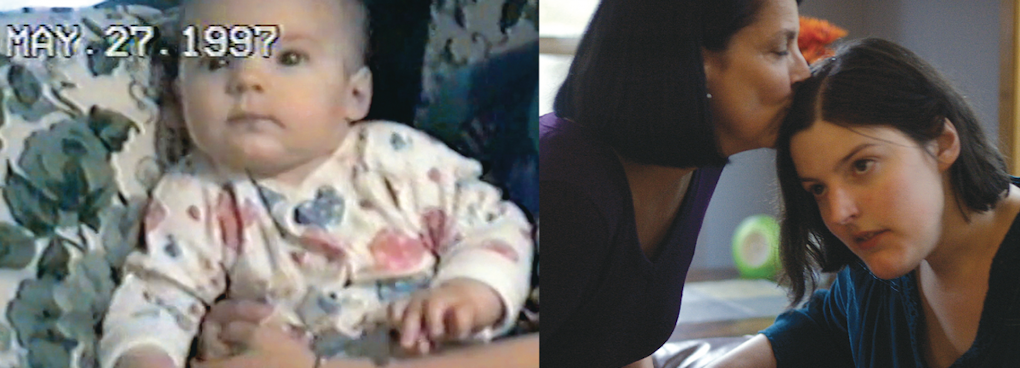
History of the Autism Mystery
 Over the last 15 years, studies supported by the Simons Foundation Autism Research Initiative (SFARI) have advanced our understanding of autism by leaps and bounds. Yet these advances have simultaneously revealed new layers of complexity to the condition, and new puzzles to solve.
Over the last 15 years, studies supported by the Simons Foundation Autism Research Initiative (SFARI) have advanced our understanding of autism by leaps and bounds. Yet these advances have simultaneously revealed new layers of complexity to the condition, and new puzzles to solve.
Sequencing studies of cohorts such as the Simons Simplex Collection have uncovered more than 100 high-confidence autism risk genes — mutations that result in high risk for autism — with hundreds more expected to be identified in the next few years as researchers sequence the tens of thousands of families in SPARK (Simons Foundation Powering Autism Research) and other cohorts. Yet the sheer number of genes involved raises a key question: How can mutations in so many different genes all produce essentially the same set of core autism traits? For while autism manifests in many different ways, most cases display a consistent set of characteristics: social challenges, communication difficulties and repetitive behaviors.
“Maybe when you disturb the brain, there’s only a limited number of outcomes,” says Alan Packer, a senior scientist at SFARI. “That’s definitely a standing mystery in the field that has become more prominent now that we know how many genes are implicated.”
But even as these diverse mutations all seem to increase risk for the same set of core traits, many also increase the risk for other neurodevelopmental disorders, including intellectual disability and epilepsy. “The genetics so far don’t map onto a diagnosis, just onto an increased risk for a range of brain disorders,” Packer says. “The question is, how do we arrive at an understanding of where the specificity of these diagnoses comes from?”
Much of autism genetics research to date has focused on spontaneous mutations that occur in the lead-up to conception, since these can explain many cases of autism that aren’t inherited from a parent. Yet new studies indicate that such mutations are only part of the picture: Autism can also result from ‘somatic’ mutations, which occur after the fertilized cell has started dividing and so appear in only some of the individual’s cells. “You can disrupt a few cells in the brain, and depending on how early in development that happens, the damage to the brain manifests with different severity,” says Marta Benedetti, a senior scientist at SFARI. Researchers are only just starting to tease out the role of somatic mutations, which may be implicated in about 5 percent of noninherited autism cases.

While some pieces of the emerging picture of autism fit together coherently, others do not. For instance, recent studies of common genetic variants — ones that appear in a substantial fraction of the population at large — suggest that the ones associated with autism are also associated with increased educational attainment, which is widely seen as a proxy for high IQ. These findings contrast sharply with the situation for rare autism risk genes, which have been clearly associated with intellectual disability. “It’s a pretty profound puzzle that we didn’t know about until three years ago when these findings started coming out,” Packer says.
Recent advances have not only raised new questions but also highlighted certain long-standing ones that so far have remained impervious to the flood of new techniques and data. For instance, there’s the role of environmental factors in autism risk. Apart from one or two clear findings — for example, that women who have severe infections during pregnancy are more likely to give birth to children with autism and that premature birth and brain injury during birth also increase the risk of autism — almost nothing is known definitively about the relationship between environmental triggers and autism risk. “I think one of the hardest challenges we will face in the future is understanding how environmental influences interact with genes to cause autism,” says Louis Reichardt, SFARI’s director.
Another enduring mystery is the gender disparity in autism: About four times as many boys receive autism diagnoses as girls. Some array of unknown factors seems to make girls more resilient than boys in the face of autism risk or less likely to receive a diagnosis. This gender imbalance “remains a black box,” Packer says. “If we understood something about it, we would have come a long way toward understanding how autism arises.”
While these complexities may seem daunting, they don’t all have to be resolved before autism research can make a difference in the lives of individuals with autism. Many studies suggest that the hundreds of different autism risk genes probably converge onto a much smaller set of biological pathways involved in brain development. That means that lessons learned from studying specific genetic subtypes of autism — as SFARI’s Searchlight project aims to do — might transfer over to individuals with other subtypes. “If we can find interventions and treatments for one well-defined group, it might be good for other parts of the population as well,” Benedetti says. “We’ll take any wins we can get.”
And while myriad questions about autism remain unsettled, SFARI researchers are more energized than intimidated by these many unknowns. “It’s all a positive thing,” says Wendy Chung, SPARK’s principal investigator. “It’s remarkable how the field has been transformed by SFARI, and how much we’ve learned. It’s more complicated than we envisioned, but that doesn’t scare us.”
